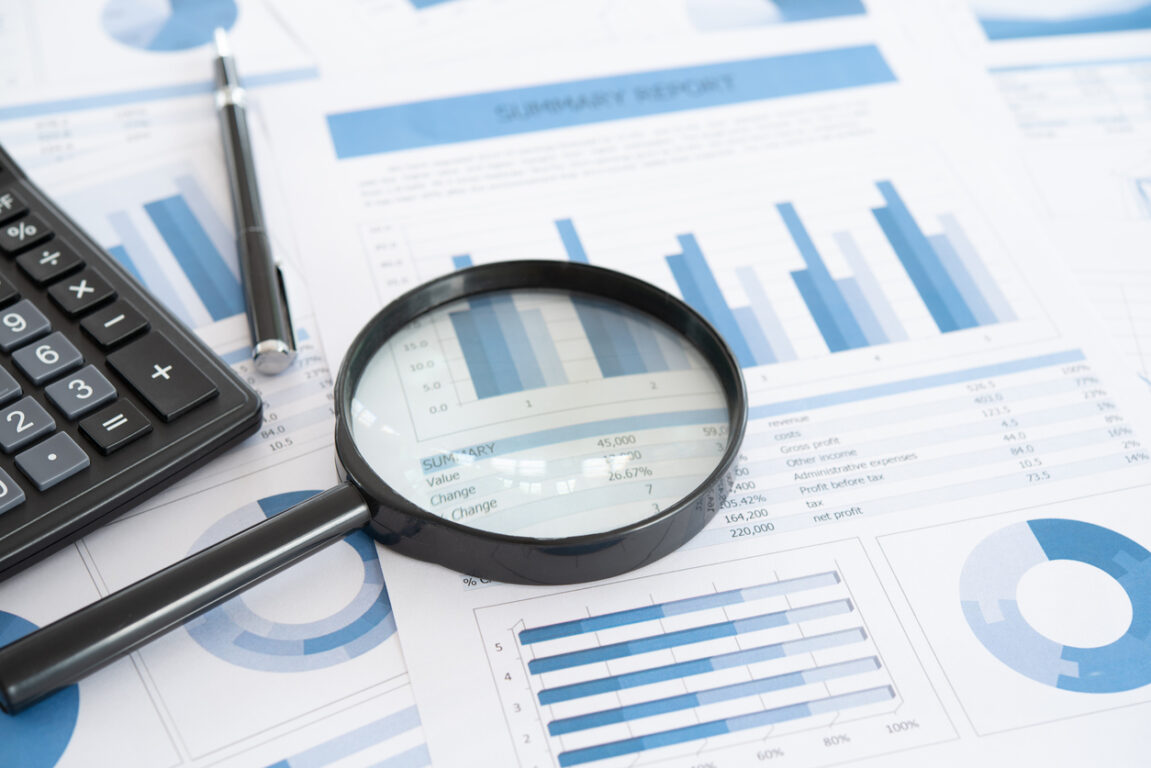Budget struggles loom: IEA highlights impact of delayed Division of Revenue Bill on county budgets.

An analysis of the Division of Revenue Bill (DoRB), 2024, by Faith Nzomo of the Institute of Economic Affairs (IEA) recently identified several issues that require attention before the bill is passed. The law mandates that the DoRB, normally prepared by the National Treasury, should be tabled in Parliament by February 15th, but this year, it was delayed and published on the 8th of March before being tabled on March 11th. Given the late submission, the National Assembly could not approve the bill by March 16th but rather approved it on March 20th and forwarded it to the Senate on March 22. This delay affects the ability of counties to finalise their budgets as they rely on the County Allocation Revenue Bill (CARB), which depends on the DoRB.
If the CARB is late, counties have to revise their budgets since they work with the equitable share figures of the previous year to determine the equitable share. Delays in the tabling and approval of this bill also go against the stipulations of the Constitution and the Public Finance Management Act (PFMA) 2012, which states that the bill should be tabled at least two months before the end of each financial year.
When presented in the National Assembly, the bill may be approved with or without amendments before reaching the Senate, which also holds the same approval authority. Presently, the bill awaits public participation in the Senate. If the Senate disagrees, the Intergovernmental Budget and Economic Council (IBEC) mediates. Successful negotiations lead to the bill’s assent by the President upon the Speaker’s recommendation, while failure results in the bill’s defeat.
The Commission on Revenue Allocation (CRA), an independent body responsible for devising a formula for equitable revenue sharing between the National and County governments, is required to give its recommendations on the equitable share by December 31st of each year.
Revenue sharing is calculated based on the most recently audited and approved revenue accounts which are those for the Financial Year 2020/2021. Total shareable revenue then amounted to Kshs. 21 trillion, and counties are expected to receive Kshs. 391 billion. Again, the Constitution mandates that counties should receive at least 15% of the revenues calculated according to these audited accounts, but the share in the DoRB 2024 amounts to 25% of revenues.
In percentages, this is similar to the proposal given by CRA, but in figures, the latter is proposing that counties are allocated Kshs. 398 billion. As a percentage of total shareable revenue, the percentage given to counties has been decreasing over the years even though overall, there has been a marked increment of the amount allocated to counties over the years. In addition, the national government share has been going up, but county share has been going down. Debt servicing has been crowding out revenue to counties as debt has been increasing as a percentage of GDP while equitable share as a percentage of GDP has been decreasing. Debt servicing reduces the total shareable revenue.
There are other discrepancies between suggestions by the CRA and the National Treasury.
The Road Maintenance Fuel Levy (RMFL) is no longer part of the equitable share of the current bill. However, CRA deducts Kshs. 9.8 billion, while the Treasury uses Kshs. 10.9 billion. Both CRA and Treasury also use different growth factors to calculate their figures.
IEA calculations indicate counties should receive at least Kshs. 460 billion, derived from averaging both the Equitable share and Total Shareable Revenue (TSR) allocations in the past. It also recommends that the bill should not be published with the current discrepancies.
But even as the IEA proposes larger allocations to counties, the Auditor General has been questioning millions of unspent revenues lying in county revenue accounts. In addition, the Controller of Budget has consistently pointed out that counties rarely absorb their budget allocations, especially those given to development expenditures.
(Article written as a result of a webinar hosted by the Institute of Economic Affairs webinar held on April 9, 2024)

